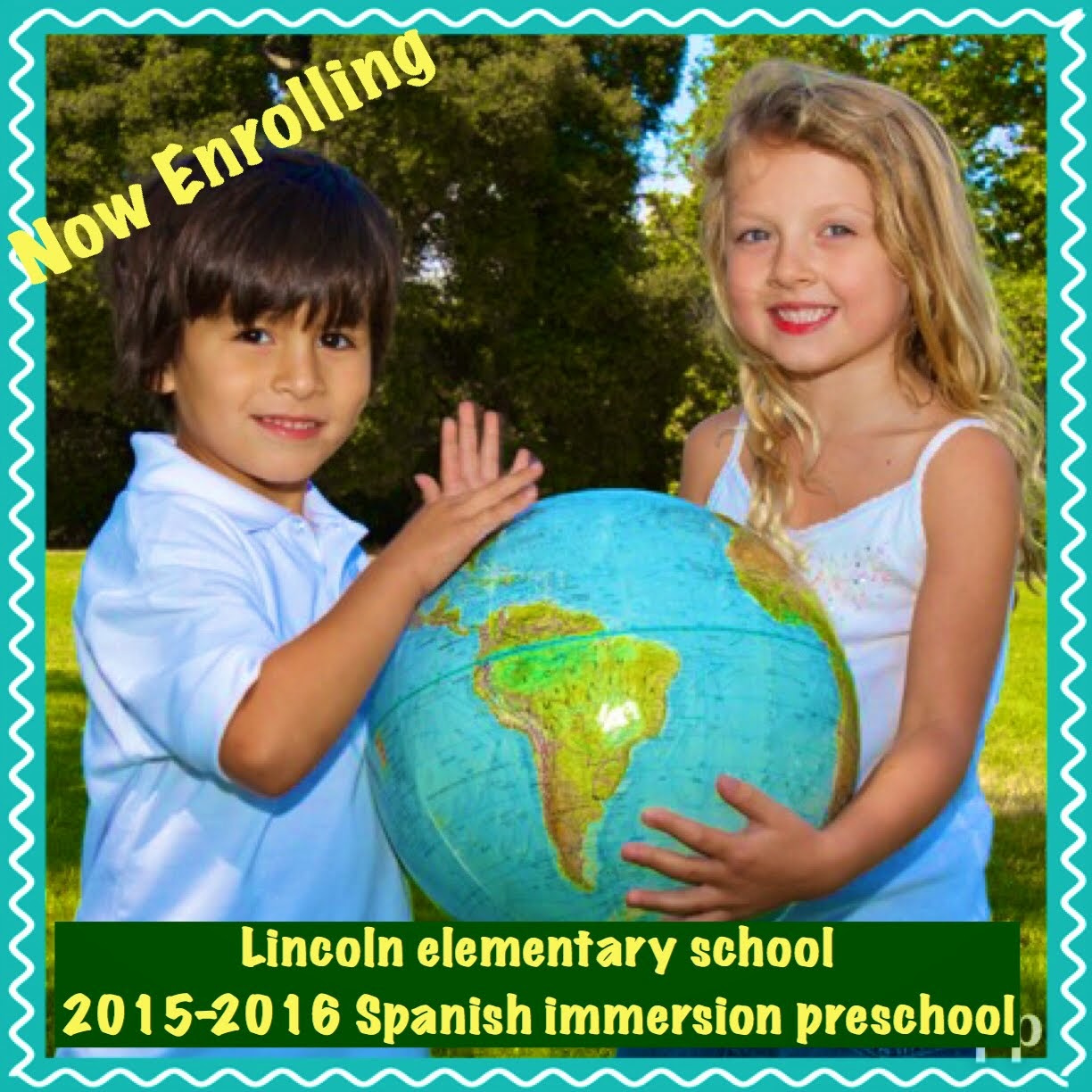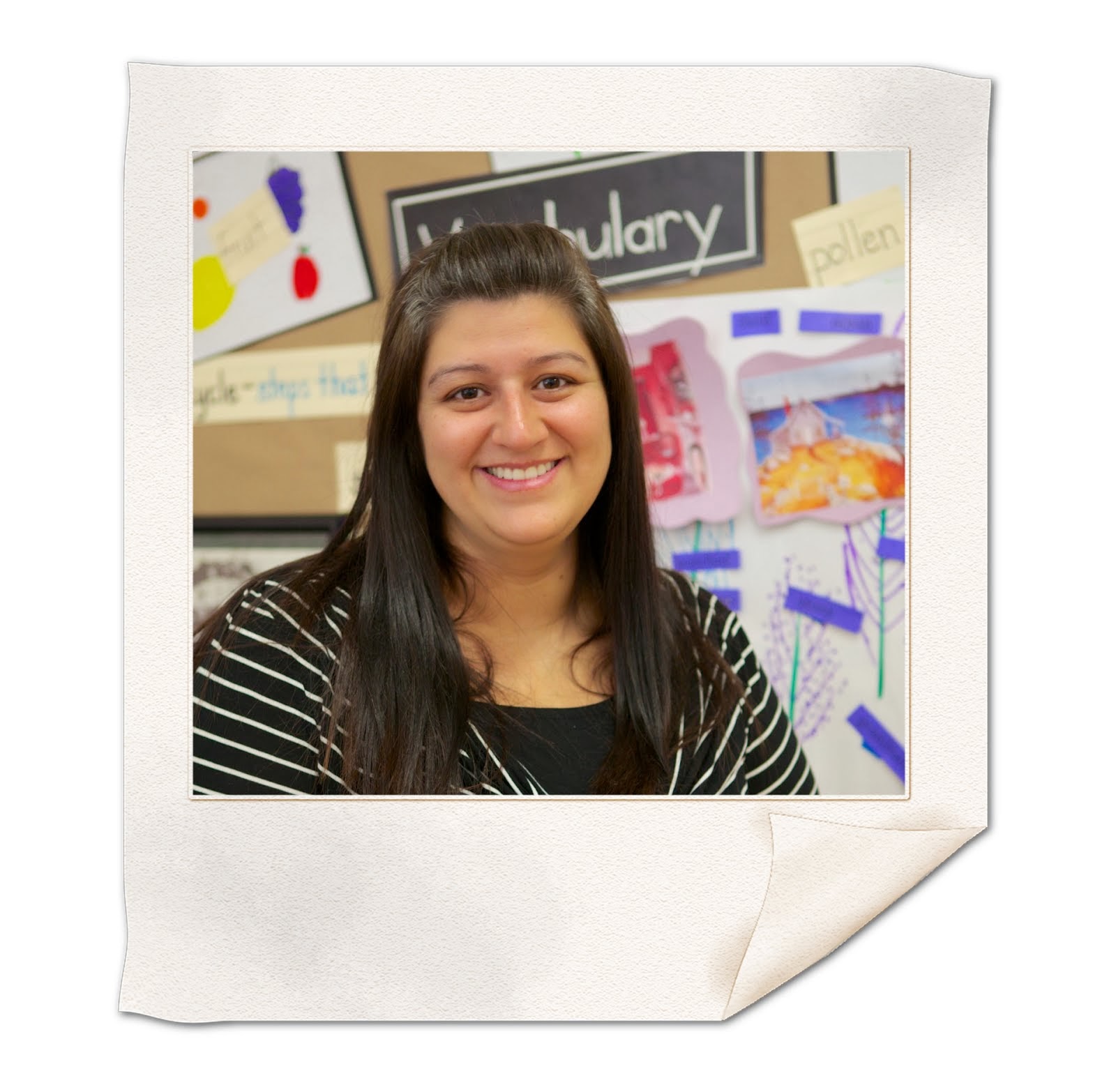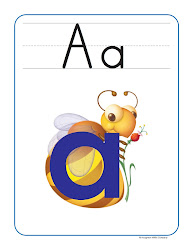If you are considering giving a gift of appreciation to your child's teacher this holiday season, here's the wishlists that the maestras have put together (thanks to the PTO):
Preschool
Maestra Razo:
white copy paper
blue dish soap (bubbles)
wax paper
flour for playdough
chisel tip sharpies
assorted art tissue paper
1.5 inch scotch tape
band aides assorted sizes
card stock
Kinder
Maestra Airada:
5 cookie sheets (dollar store)
glitter large jar (red, gold silver, blue, green)
2 cassette players with headphones
laundry cart w/wheels (new or used)
32 white boards (12x12)
2 gallons of glue
2 large staplers
scrapbook paper
treasure box items (dollar tree)
painting easel
copy paper, glue sticks, markers
gift cards (Amazon, Michael's, Beverly's, Oriental Trading Co.)
hot glue gun and glue sticks
Maestra Ruiz:
yellow highlighters
kodak ink black/color 30/30
Target gift cards
clorox wipes
Beverly's gift card
white lunch bags (small)
brown lunch bags (small)
Michael's gift cards
expo markers
1st Grade
Maestra Gonzalez
art drying rack
glitter
mason jars
white copy paper
scented markers
Elf on the shelf (girl)
scented stickers
color copy paper
colored pencils
markers
Maestra Perez
Elf on the shelf
Dollar Tree gift card
Target gift card
Office Depot gift card
dry erase markers
snacks
assorted art tissue paper
paint brushes
class set of highlighters
2nd Grade
Covarrubias
Target gift card
Michael's gift card
Walmart gift card
Office Depot card
Ticonderoga pencils
painters tape
black dry erase markers
jump ropes
jumbo color chalk class set
2nd/3rd Grade
Maestra Santana
copy paper
pencils
fine tip crayola markers
craft sticks (tongue depressors)
white boards for students
binder paper
colored copy paper
ink for printer
(NO PRINTER NEEDED, AS PTO IS PURCHASING ONE)
3rd Grade
Maestra Leyva
large popsicle stick boxes
glue sticks
ticonderoga costco pack pencils
crayola markers
crayola colored pencils
white copy paper
colored copy paper (lilac, pink, green)
Michael's gift card
Target gift card
Thursday, December 12, 2013
Tuesday, December 10, 2013
The Connection of Language, Cultural Traditions and Celebrations by Ashleigh Williams
There
are many things in this world that I love to do. I love to cook, bake, read, sing in the car,
spend time with friends, shop, rock climb, hike, craft and sleep. I love to play and listen to music, talk,
teach, veg out and learn. Essentially, I
just love to live. And so many of these
things go hand in hand, frankly it’s ridiculous.
As
a teacher, I find myself making connections that most people would not normally
see the same way I do. I see the value
in exposure even if only for a brief moment, and have internalized that some
exposure is better than no exposure. I
have also learned to differentiate between good, correlated, rich exposures and
flimsy, exposures that qualify more as a stretch than a teachable moment.
I
use both.
I
was recently asked why I, as a dual immersion educator, believe that learning
about cultural traditions and celebrations is important when learning a new
language. The answer is simple.
Context.
Let’s
be honest here. It is nearly impossible
to separate a language from the culture and country it comes from. There are examples as simple as California’s
use of the word “dude” to East Coast Italian-American’s use of the word
“skeeves”, a derivative of the Italian “schifo” which literally means
disgusting.
Knowing
that language and culture are inherently related, the best option to provide
language learners with a rich learning experience is to incorporate as many
cultural traditions and holidays into their language acquisition as
possible.
Would
it make sense to learn the language that is associated with American traditions
and not the traditions themselves? Think
about it for a second. There are some
simple words and phrases, such as fireworks, hotdogs, grill, 4th of
July, pilgrim and harvest (to name a few) that warrant a beautiful, cultural
definition. Sure, these words can
definitely be translated from English into any other language, but learning
them in conjunction with the celebrations and traditions they’re related to
paint a fuller, brighter picture.
Likewise
in Spanish you have picturesque words, such as cempazuchitl, calaca, posadas,
Nochebuena, ofrenda, papel picado that can be translated into many
languages. However they are far better
understood in the context of the traditions and holidays with which they are
associated.
In
this instance, brief exposure, while better than no exposure, is still not a
plausible solution. These connections
take time to build. Schemas must be
created into which our context for learning must fit. You can say the word “ofrenda” over and over
again and show me a picture of an ofrenda.
But if you do not teach me that during los días de los muertos family
members create ofrendas on home made altares to leave for their deceased loved
ones, ofrenda will never take on that special meaning that it deserves.
These
connections, between language and culture, reading and music, cooking and rock
climbing are what make life rich and interesting. They are what make our understanding deeper
and meaningful.
I
challenge you to look for those connections in your every day life. Make a list of words that you commonly use
(the, a, and, an, is, was, are, etc. do not count) and put yourself in a second
language learners’ shoes. Do those words
make sense without the cultural context?
If so, would a cultural context give you a more complete picture? I urge you to make your connections rich and
meaningful, not void of relevance.
About the writer
Ashleigh Williams, Dual Language Program Teacher
After teaching two years in the DLP at Lincoln elementary, Ashleigh and her husband relocated to the Peninsula. She is currently a Spanish DLP Kinder teacher at Selby Lane Elementary School in the Redwood City School District. Ashleigh is trilingual, growing up fluent in Italian and English and later mastering Spanish. Recently, Ashleigh was asked to present at the annual Summer Annual Two-Way Bilingual Immersion Conference, where she will speak on the new California Science Standards in the Dual Immersion thematic classroom. She is also a blogger, you can follow her here assistingdescubrimiento.blogspot.com.
Subscribe to:
Posts (Atom)









